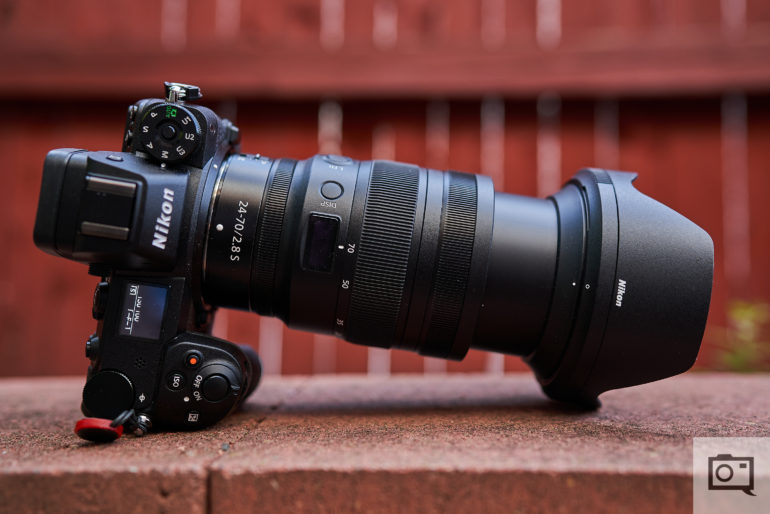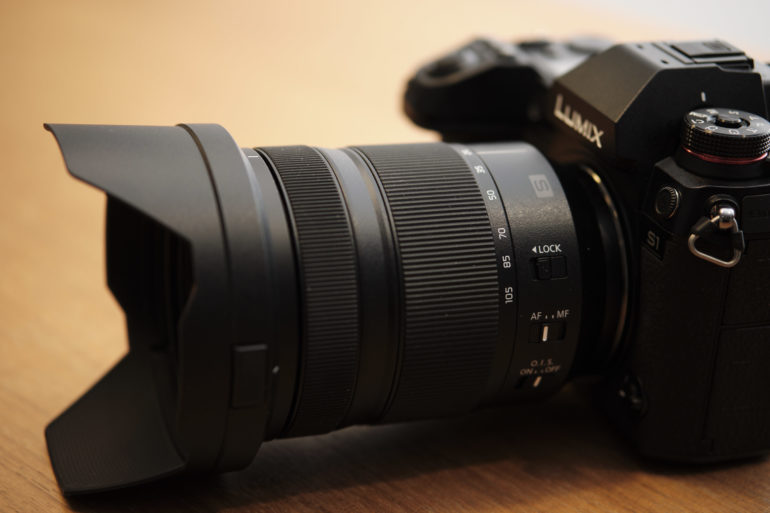
Zoom lenses are quite important for a variety of reasons. It allows you to frame your scene without having to move, and makes it easy to capture images on the go, too. As a result, many in travel photography prefer such lenses, which enable them to reduce their workload. So, here is a look at some versatile focal ranges for your needs.
Fujifilm 16-80mm F4
Fujifilm 16-80mm is an ideal travel photography partner for the X series camera. A 24-122mm equivalent, the lens features 16 elements 12 groups, including 3 aspherical elements and 1 ED aspherical element. The maximum magnification is 0.25x, 9 aperture blades, and a 72mm filter thread. The lens is versatile, has great image quality, has reliable autofocus, and excellent chromatic aberration mitigation. As we said, this lens is a “combination of excellent overall image quality, reliable performance, form factor, feature set, and build quality” that’s more than “adequate for most photographers.”
Nikon Z 24-70mm f2.8 S

The Nikon 24-70 f2.8 has a 2.9x zoom range, and is created with 17 elements in 15 groups, including 2 ED and 4 aspherical elements. The lens has 9 aperture blades, a minimum focusing distance of 0.38m and 82mm filter thread. The lens has robust weather sealing, great built, and outstanding image quality. Speaking about it, we said, “For many photographers who have made the switch to Nikon’s mirrorless Z mount, their wait for a fast and reliable workhorse zoom lens is finally over. As far as innovation goes, the Nikon 24-70mm f2.8 S adds a top OLED screen. This makes it stand out from a lot of the rest when it comes to usability.”
Canon RF 24-105mm f2.8 L

Canon mirrorless series have some exceptional lenses for travel photography. The 24-105mm is one such device. It includes 5.5-stop of image stabilization, stepless ring, and weather resistance. The lens also is made with 23 element in 18 groups, including 4 Ultra-Low Dispersion elements and 3 aspherical elements. The minimum focusing distance is 1.5feet, and the maximum magnification is 0.08 to 0.29x. “Indeed, considering the autofocus, build quality, responsiveness, and image quality, this is the best Canon lens that we’ve seen from a technical standpoint,” we said in our review. “From a technical standpoint, it’s also much better than the f4 variant.”
Panasonic Lumix S 24-105mm f4

Panasonic 24-105mm f4 offers macro capabilities and a wide zoom range. It is designed for full-frame cameras, featuring 16 lenses in 13 groups, including a minimum focusing distance of 0.3m. The lens is weather-resistant, has optical image stabilisation and 0.5x macro capabilities. Its pros include image quality, sharpness, boleh, compactness, and built. As a result, those pursuing travel photography can capture a wide-ranging subject with this.
Sony 28-70mm f2 G Master

Sony offers some of the most compact cameras and lenses for travel photography. The 28-70mm is a lens that achieves a lot. It has 20 elements in 14 groups, and includes 3 aspherical lenses, 3 super ED elements, and 1 ED element. There is an 11-bladed aperture, weather resistance built, a 0.38m minimum focus, and a 0.23x magnification ratio. It is small, lightweight, and easy to walk around with. The colors are great, too. It’s a lens that won’t disappoint you.

